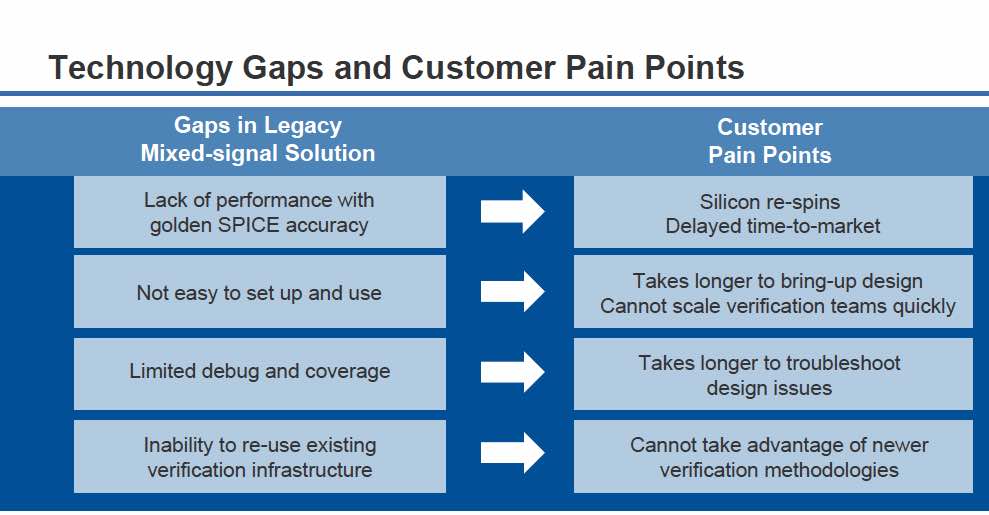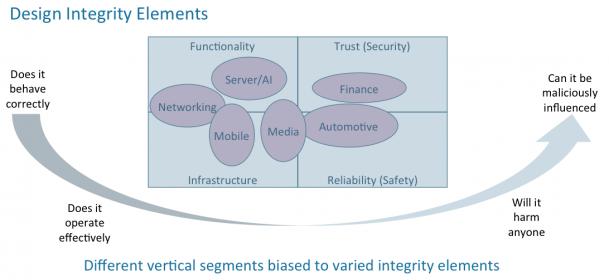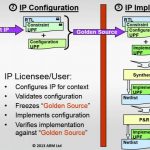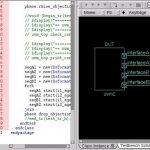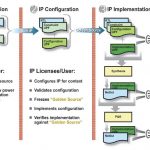You are currently viewing SemiWiki as a guest which gives you limited access to the site. To view blog comments and experience other SemiWiki features you must be a registered member. Registration is fast, simple, and absolutely free so please,
join our community today!
Are you ready for the premier conference for functional design and verification of electronic systems?
Sponsored by Accellera Systems Initiative, DVCon is an independent, not-for-profit organization dedicated to creating design and verification standards required by systems, semiconductor, intellectual property (IP)… Read More
The server market has been undergoing changes in the last few years. The traditional go-to for server processors had been x86 based chips from Intel or AMD. However, if you go on Amazon AWS looking for EC2 instances, you will see the “A1” instance type, which is an ARM based instance. This is not what you might think at first. The A1 instance… Read More
The semiconductor conference season has started out strong and the premier verification gathering is coming up at the end of this month. SemiWiki bloggers, myself included, will be at the conference covering verification so you don’t have to. Verification is consuming more and more of the design cycle so I expect this event to … Read More
Mixed signal simulation is a very hot topic these days. In modern designs, it is harder to draw a line between the analog and digital and work with them independently. Analog blocks are showing up everywhere. Even in what would have qualified as a digital design a few years ago, now designers need to look at things like PLLs, IOs and … Read More
My usual practice when investing is to look at startup companies and try to understand if the market they are looking to serve has a significant opportunity for a new and disruptive technology. This piece compiles the ideas that I used to form an investment thesis in Portable Stimulus. Once collected, I often share ideas to get feedback.… Read More
One of the most exciting recent developments in low power design and verification is the successive refinement flow developed by ARM® and Mentor Graphics®.… Read More
When I got the opportunity to blog about verification, I thought, what new and interesting things should I talk about? Having started my EDA career in 1983, I often feel like one of the “oldies” in this business…remember when a hard drive required a static strap, held a whopping 33 MB, and was the size of a brick? Perhaps they should … Read More
When it comes to debugging a design testbench organized in object-oriented style with objects, component hierarchies, macros, transactions and so on, it becomes an onerous, tasteless, and thankless task for RTL verification engineers who generally lag in software expertise. Moreover, class-based debugging tools have lagged… Read More
Today, an SoC can have multiple instances of an IP and also instances of many different IPs from different vendors. Every instance of an IP can work in a separate mode and requires a dedicated power arrangement which may only be formalized at the implementation stage. The power intent, if specified earlier, will need to be re-generated… Read More
As design complexity and size is increasing, SoC verification has become one of the most difficult and time consuming tasks in the design closure.UVM (Universal Verification Methodology, an accellera initiative) is one of the best verification methodologies that support common language, coherent strategy, clarity and transparency… Read More





